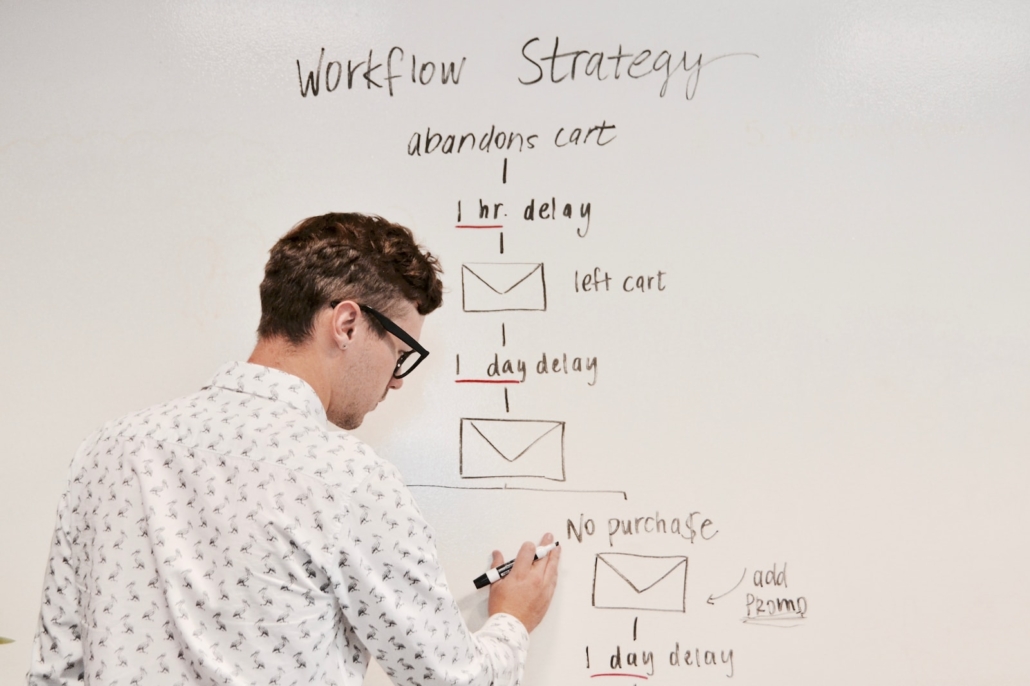Email marketing is a powerful tool for businesses to connect with their audience, drive engagement, and boost conversions. However, even the most well-intentioned email marketing campaigns can fall victim to common mistakes that hinder their effectiveness.
In this article, we will explore five crucial email marketing mistakes that businesses should avoid. By understanding and navigating these pitfalls, you can transform your email marketing strategy from a potential stumbling block into a pathway to triumph.
Neglecting Audience Segmentation
One of the most significant email marketing mistakes is failing to segment your audience effectively. A one-size-fits-all approach rarely resonates with diverse groups of subscribers. When you send generic emails to your entire list, you risk delivering content that is irrelevant or uninteresting to certain segments.
By segmenting your email list based on demographics, preferences, behaviour, or purchase history, you can deliver highly targeted and personalised content that speaks directly to the interests and needs of each segment. Tailoring your emails to specific segments will significantly improve engagement and conversion rates.
Lack of Personalisation
In today’s digital age, consumers expect personalised experiences. Emails that lack personalisation often end up in the dreaded “spam” folder or, worse, get ignored by recipients. Personalisation goes beyond simply addressing subscribers by their names. It involves tailoring the content and offers based on their preferences, purchase history, or previous interactions with your brand.
By leveraging customer data and employing dynamic content, you can create personalised experiences that drive higher engagement and conversion rates. Personalised emails make your subscribers feel valued and understood, leading to increased brand loyalty and customer satisfaction.
Overwhelming Frequency
Bombarding your subscribers with an excessive number of emails is a surefire way to lose their interest and trust. Sending too many emails can lead to email fatigue, where recipients start unsubscribing or ignoring your messages. Finding the right balance is crucial. Establish a consistent and reasonable email cadence that respects your subscribers’ time and inbox space.
Focus on delivering valuable and relevant content rather than overwhelming your audience with constant promotions. By optimising your email frequency, you can ensure that each email you send is eagerly anticipated and well-received.
Ignoring Mobile Optimisation
In today’s mobile-centric world, neglecting to optimise your emails for mobile devices is a significant oversight. With the majority of people accessing emails on their smartphones, it’s crucial to ensure that your emails are mobile-friendly and responsive. Neglecting mobile optimisation can result in a poor user experience, with emails that are difficult to read or navigate on smaller screens.
Optimise your email templates, use concise subject lines, and include clear call-to-action buttons to provide a seamless and engaging experience for mobile users. By prioritising mobile optimisation, you can reach and engage a broader audience.
Lack of A/B Testing
Failure to conduct A/B testing is a missed opportunity to optimise your email marketing campaigns. A/B testing involves creating two versions of an email and testing different elements such as subject lines, content layout, visuals, CTAs, or send times to see which performs better. This testing process allows you to gather valuable insights into what resonates best with your audience and drives higher engagement.
By experimenting and analysing the results, you can refine your email strategy and improve key performance metrics, such as open rates, click-through rates, and conversions. A/B testing helps you make data-driven decisions and continuously improve the effectiveness of your email marketing campaigns.
Final Thoughts
Avoiding these five email marketing mistakes can significantly enhance the success and effectiveness of your campaigns. By prioritising audience segmentation, personalisation, finding the right email frequency, optimising for mobile, and embracing A/B testing, you can navigate the pitfalls and pave the way to triumph in your email marketing endeavours.
Remember, email marketing is an ever-evolving strategy, and it requires constant evaluation, refinement, and adaptation to stay ahead of the competition and deliver remarkable results.
Are you ready to take your email marketing to the next level? Contact Done Digital today! Don’t miss out on the tremendous potential of email marketing—get in touch with us now! Together, we can turn your email marketing challenges into triumphs.




